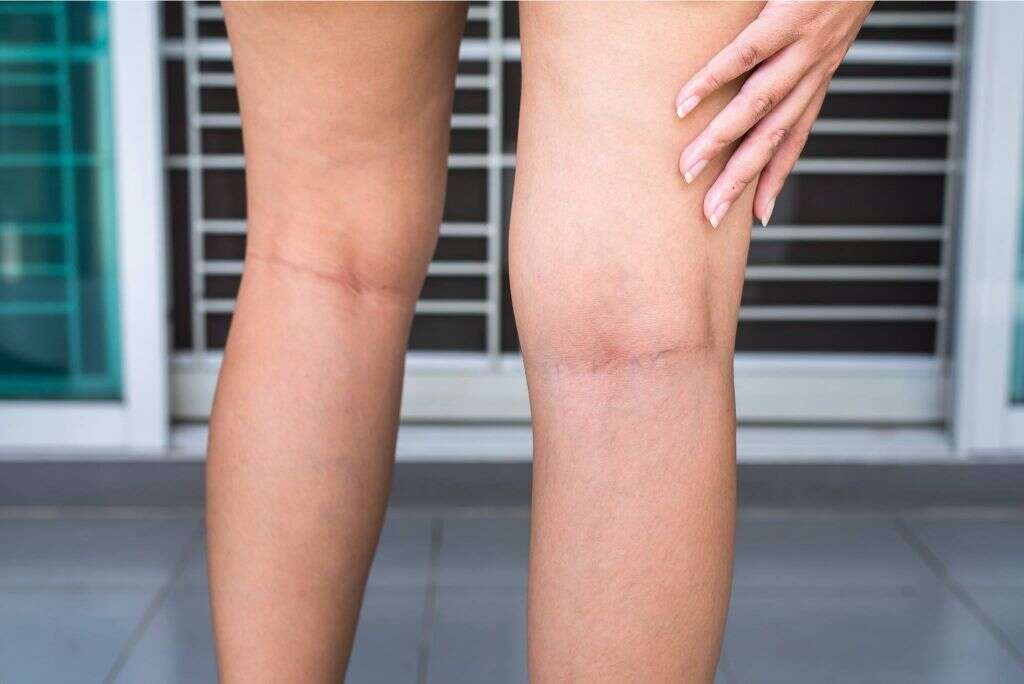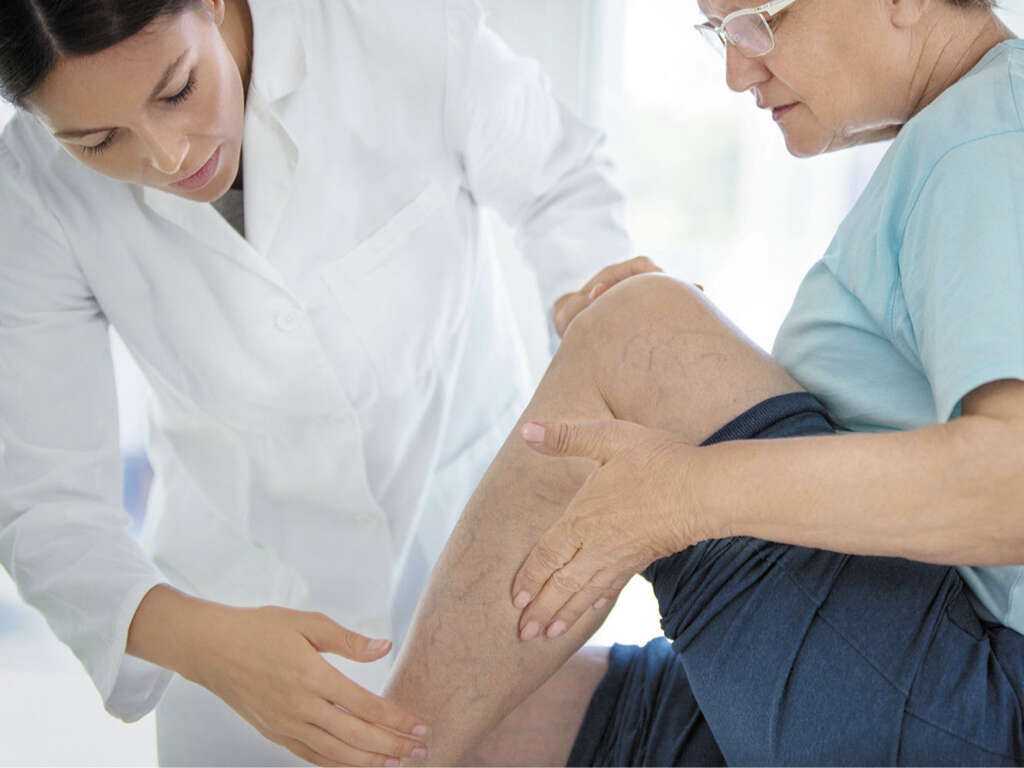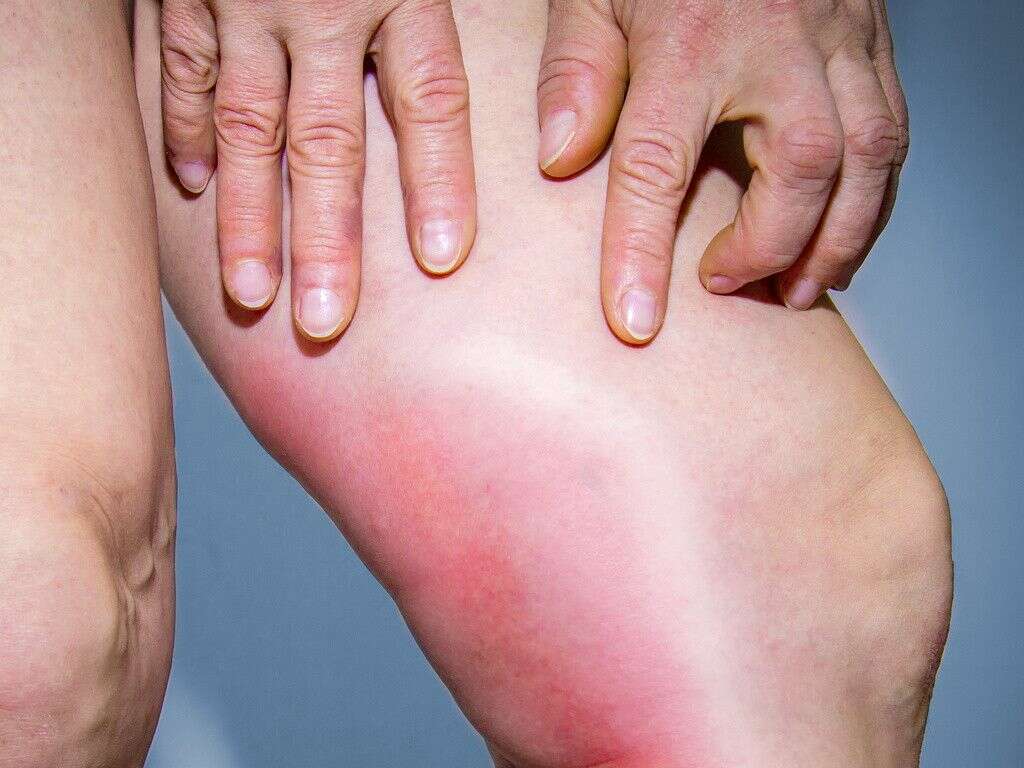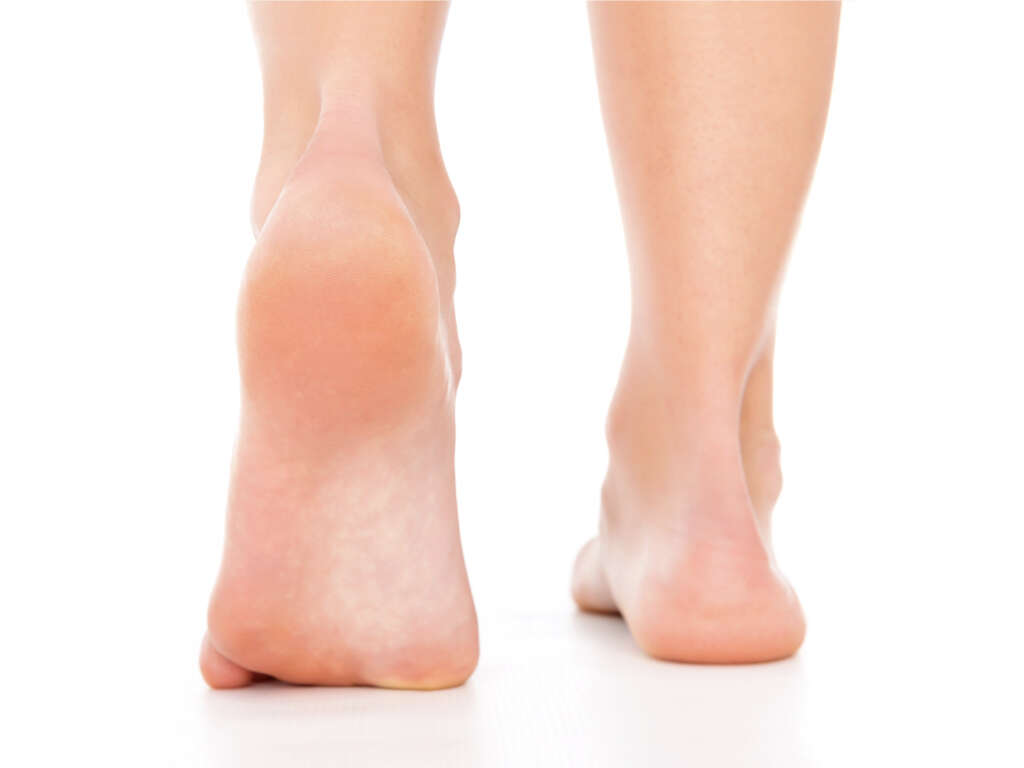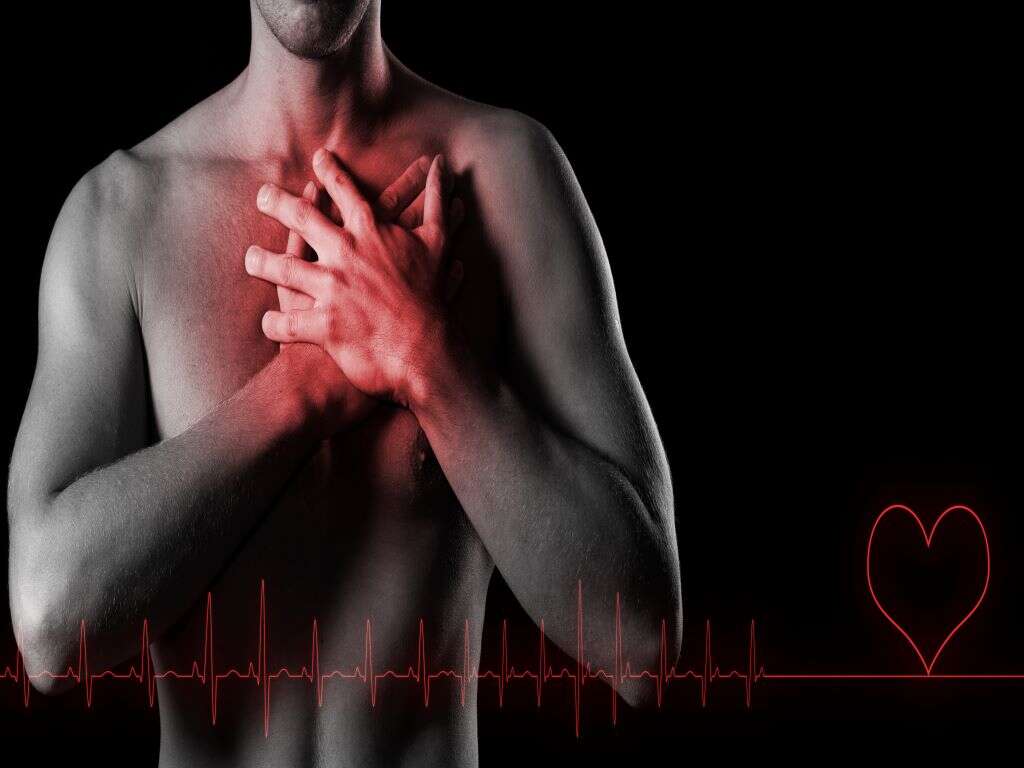10 Blood Clot In Leg Symptoms
A blood clot in the leg can be a serious condition. A clot, or thrombus, occurs when there is coagulation of blood due to hemostasis. In the clot, there are two main components: the aggregation of platelets and the plug formed by red blood cells. There is also a mesh of cross-linked fibrin protein.
Normally, a blood clot happens in healthy individuals as a response to injuries as it helps to prevent further and excessive bleeding. However, when it occurs in the vessels, it can become dangerous as the clot may decrease blood flow to other areas of the body. The formation of a blood clot can be caused by hypercoagulability, endothelial injury, and blood stasis.
Blood clots in arms or legs may not be common; however, it is important to recognize the symptoms of a blood clot as it enables you to seek early medical attention.

Symptom #1: Cramp
A cramp is a sudden and involuntary muscle contraction where there is over-shortening of the muscle. Although temporary and does not cause any damage, the cramp can still cause paralysis-like immobility and debilitating pain. Cramps usually resolve within seconds to minutes or hours on their own.
Cramps can occur in both smooth (gastrointestinal) and skeletal muscles. Cramps can occur when there is muscular fatigue, electrolyte imbalance, or low oxygenation due to hypoxia or decreased blood flow. A blood clot in the leg can cause cramps as blood flow to the affected leg is obstructed.

Symptom #2: Dyspnea
Dyspnea, or shortness of breath, describes the feeling where an individual is unable to breathe well. It is a subjective feeling where the affected person often describes experiencing chest tightness, air hunger, and requiring an increased effort to breath. Most cases of dyspnea are due to cardiovascular or respiratory related issues such as asthma, pneumonia, interstitial lung disease, cardiac ischemia, psychogenic causes, and congestive heart failure.
Dyspnea is typically not a direct symptom of a blood clot in the leg; however, if dyspnea occurs in an individual suspected of having a blood clot it could be considered a medical emergency due to the possibility of the clot traveling to the lungs.

Symptom #3: Firm or Enlarged Veins
Individuals with a blood clot in the leg may have veins that appear to be enlarged and feel especially firm. Although it may not be initially obvious, the clot can become progressively firmer as it hardens. The section of the vein distal to the clot will appear to be enlarged as the clot creates a damlike effect and prevents the blood from flowing back toward the heart.
Clots that are located in the deeper veins create similar changes but may not be observed due to their deeper location within the leg. Depending on the blocked vein, some blood flow can still be diverted through other veins.
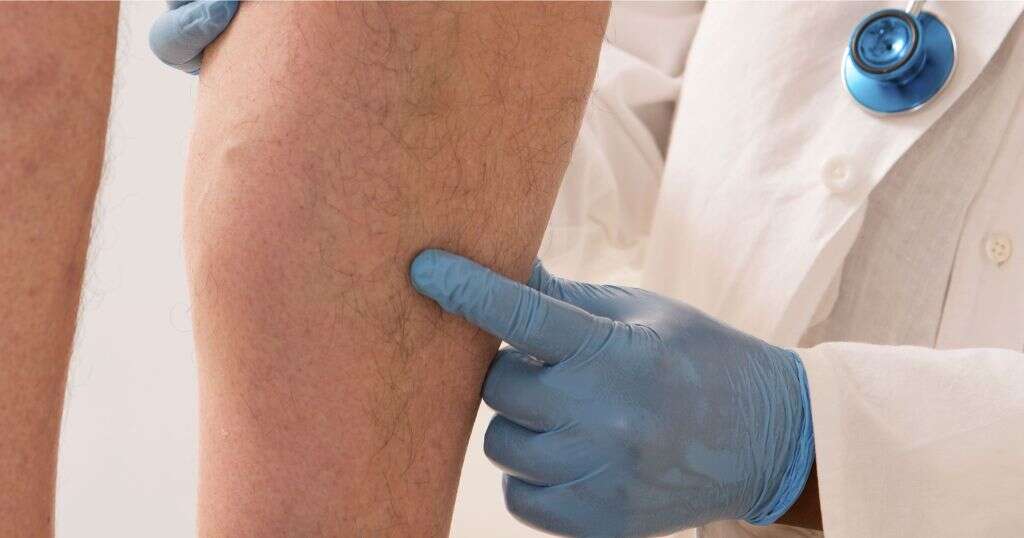
Symptom #4: Paresthesia
Paresthesia is an unpleasant and abnormal feeling were there can be a burning, numbing, prickling, tingling, or chilling sensation that occurs without an apparent physical cause. Paresthesia can be both chronic or transient. There are many causes of paresthesia such as a blood clot in the leg, positioning of the body, and hypoxia. Paresthesia is generally painless and most commonly affects the extremities.
The most familiar type of paresthesia is often described as “pins and needles” or when a limb “falls asleep.” Paresthesia may occur in a leg with a blood clot as there is impaired nerve and muscle function due to inadequate blood supply.

Symptom #5: Fever
A fever occurs when the set point of body temperature is higher than normal. In some patients with blood clots, they can experience a fever. A mild fever up to 100.4°F is common in patients with a blood clot as part of the body’s normal response.
When the fever is higher, it suggests that there may be an underlying infection located in the vein. This is known as septic thrombophlebitis.

Symptom #6: Change in Coloration of the Limb
A blood clot in the leg can cause obstruction in the blood vessel. The clot can form in either an artery or a vein. A venous thrombosis results in swelling, warmth, pain or tenderness, and a deep red-blue color of the limb.
If the limb has an arterial thrombosis, it will present as pale-bluish and cool as there is less blood flowing to the rest of the tissue.

Symptom #7: Warmth
Noticeable warmth to the leg is a hallmark sign of a venous blood clot in the limb. This warmth is typically due to the pooling of blood but can also be due to inflammation or infection which will perpetuate the flow of blood to the area.
Ice packs should NOT be used to cool the area, relieve swelling, or to decrease pain. This is because cold therapy causes the blood vessels to constrict thus causing even less space for the blood to travel through.

Symptom #8: Pain
Pain is a common symptom seen among patients with blood clots. When the blood clot is small, the pain is usually mild. As the blood clot increases in size, the pain can become debilitating and intense.
Arterial blood clots are generally more painful as the arterial blockage causes loss of function and tissue death due to decreased oxygen delivery to the tissues. Blood clots occurring in the superficial veins usually cause pain in the surrounding areas. Clots in deep veins cause more widespread pain. Pain due to a blood clot is usually mild in the beginning and progressively becomes more severe.
It should also be noted that sometimes blood clots are not painful at all.

Symptom #9: Redness
Redness occurs when there is pooling of blood. It is one of the most common symptoms seen among patients with a blood clot. In many patients, redness may be the only symptom present.
Some other associated symptoms include tenderness, pain, swelling, and warmth. Seek professional medical advice if you believe you have a blood clot.
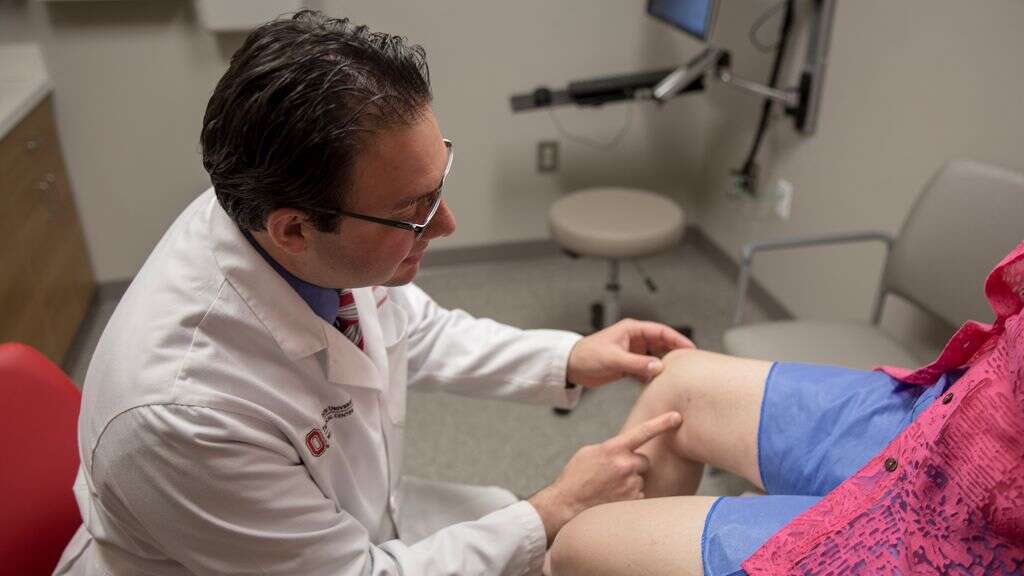
Symptom #10: Swelling
Swelling is most apparent when blood clots occur in deep veins. When there is obstruction of blood outflow from the extremities back toward the heart, it can result in pain and swelling. In cases where the vein is completely blocked, smaller veins may enlarge to allow the bypass of obstruction. These smaller veins are known as collaterals and can be prominent under the skin.
In an uncommon and severe form of deep venous thrombosis of the leg known as phlegmasia cerulea dolens, there is extensive blockage of the major and collateral veins. Left untreated, it can lead to gangrene.
